Rosary Chapel
The splendor of this 17th century golden chapel has led it to be called the "eighth wonder of the world."
Built in the 17th century, this golden temple has amazed its visitors so much that since its earliest days it has been called the “eighth wonder of the world.”
Found inside the Church of Santo Domingo in the city of Puebla, not far from Mexico City, the Rosary Chapel could arguably be the best example of the New Spanish Baroque style. Its purpose was to honor the Virgin Mary as well as to teach the locals the practice of the rosary, of which the Dominicans (the order in charge of the temple), were ardent promoters.
Built between 1650 and 1690, the Rosary Chapel features an astonishing artistic work, mixing the traditional Catholic symbols with those of the region under prominent gold leaf that makes the place shine with ethereal light from the windows right under its dome.
The chapel features on its walls six paintings telling the biblical story of Jesus from his birth to his debate with the doctors at the temple, all of which feature the Virgin Mary and are called Gozos de la Virgen, also underneath the paintings there is a succession of blue and white ceramic tiles known as Talaveras de Puebla, that actually form a gigantic rosary itself, with each bead being represented as an angel’s head. Right under the dome there is an altar and a baldachin (also called Ciprés in Mexican spanish), the latter made in marble but covered in gold, with a represen-tation of Our Lady of the Rosary in the first level, a statue of Saint Dominic in the second, and a figure of Archangel Gabriel atop.
Although there are several works of art trying to match the splendor and grandiosity of this temple, the Rosary Chapel stands out not only for being located in a place where gold was scarce, but also because its 23-carat gold leaf has remained attached to the decorations for more than 300 years, partially due to the composition of the glue used, that some local guides claim was composed of aloe, honey, bull’s blood and egg whites (although a restoration made in the 1970s might have helped too). While in Puebla, do not hesitate to visit this fantastic work of religious architecture to appreciate all of its details and works.
Know Before You Go
It is just a few blocks from the main square (Zocalo) in Puebla, the access is through the Church of Santo Domingo on 5 de Mayo pedestrian street.

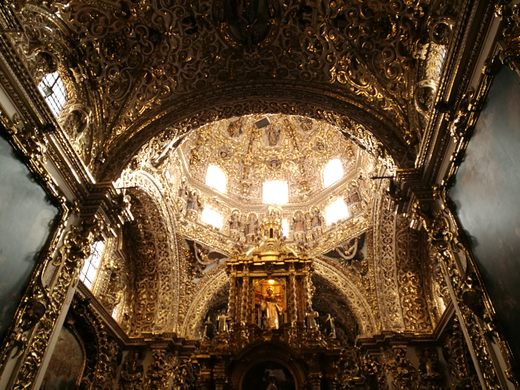
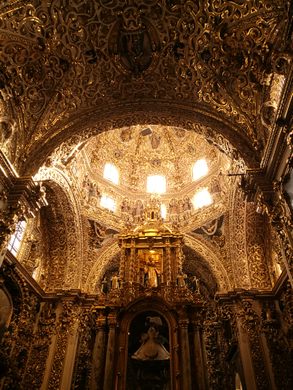
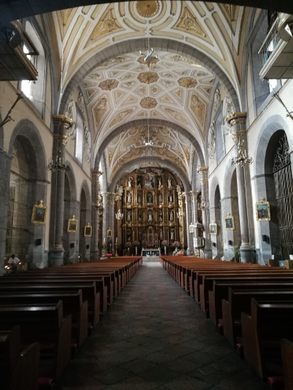
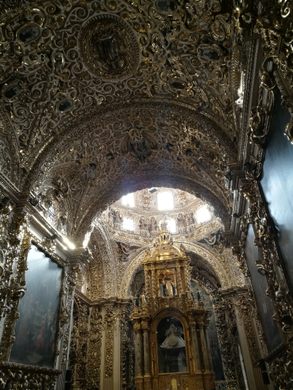








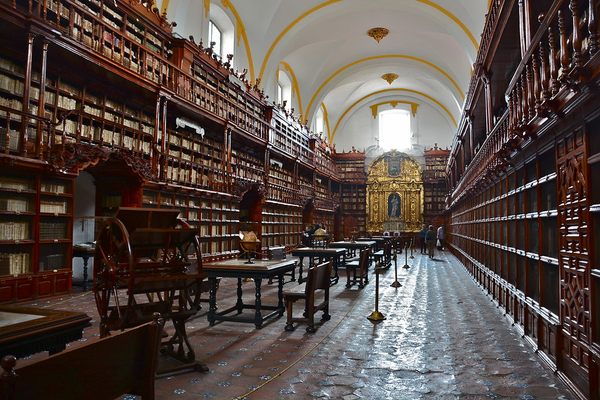
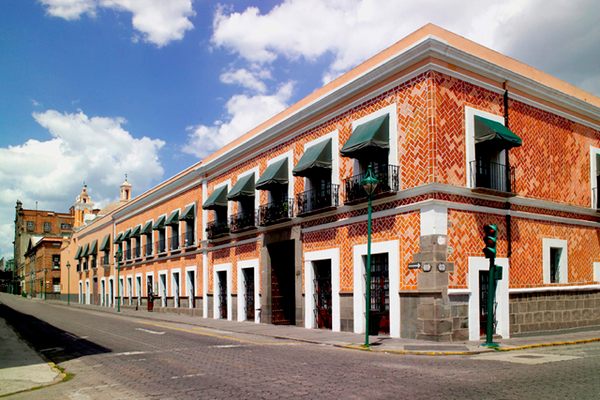
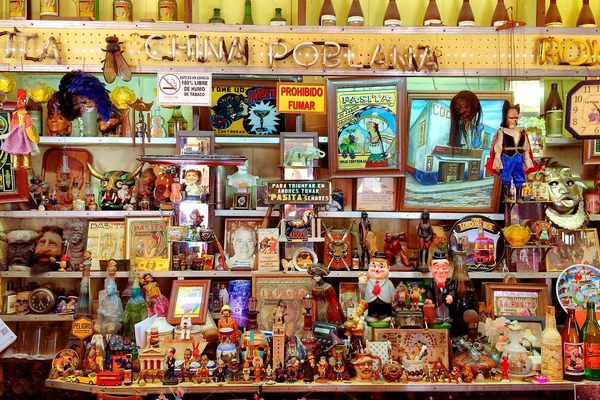





Follow us on Twitter to get the latest on the world's hidden wonders.
Like us on Facebook to get the latest on the world's hidden wonders.
Follow us on Twitter Like us on Facebook